Wizards of the Coast has created a new Magic: The Gathering plane full of animals and a new mechanic called Forage. The Forage mechanic captures the themes and flavors of the Bloomburrow set while opening up a realm of graveyard and Food token possibilities.
What is the MTG Forage mechanic?
The Forage mechanic in MTG has you either exile three cards from your graveyard or sacrifice a Food token to activate an ability and/or gain value from your actions. Sometimes, there’s an additional mana cost attached to the Forage mechanic.
- Forage definition: To Forage, exile three cards from your graveyard or sacrifice a Food.
Exiling cards is advantageous within graveyard-specific builds or even Aggro decks filled with useless creatures in the graveyard. Using Food tokens as another option is spot-on flavor-wise and potentially easier to sacrifice instead of exiling cards from your graveyard.
Example of MTG Forage mechanic
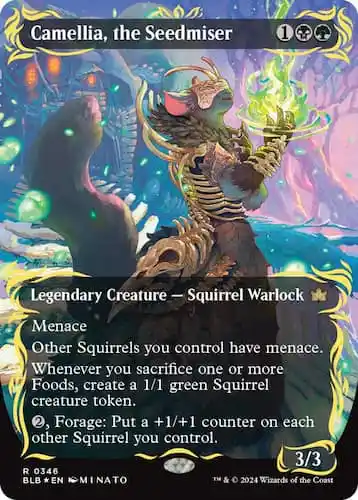
The first Bloomburrow spoiler to showcase the Forage mechanic was Camellia, the Seedmiser. The Squirrel Warlock is in the MTG color combo Black and Green and uses Forage to add +1/+1 counters to each Squirrel you control. In addition to paying the Forage cost on Camellia, the Seedmiser, the activated ability requires another two mana paid.
Activating the Forage ability on Camellia, the Seedmiser is extremely strong, which is why it costs two additional mana.
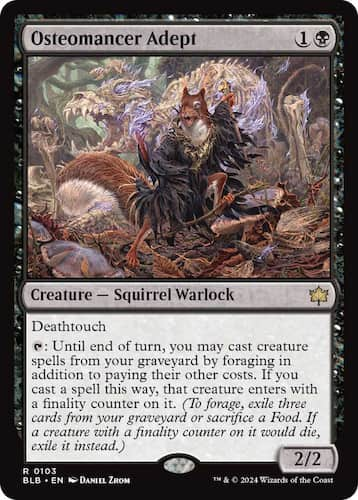
Osteomancer Adept is a great way to reanimate creatures from the graveyard through Forage. But beware of the Finaltiy counter as the creature is exiled instead of returning to the graveyard.
How will the Forage mechanic impact MTG formats?
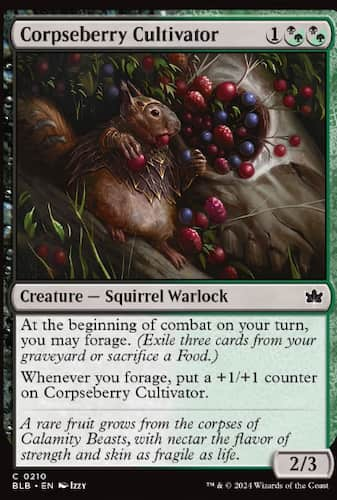
It’s too early to tell if Forage will have an impact on Standard Constructed, but we do know the mechanic will thrive within the Commander format, where entire decks are built around Food tokens. Once all cards have been previewed from the Bloomburrow set, we’ll have a clearer picture of how the Forage mechanic will affect MTG formats.



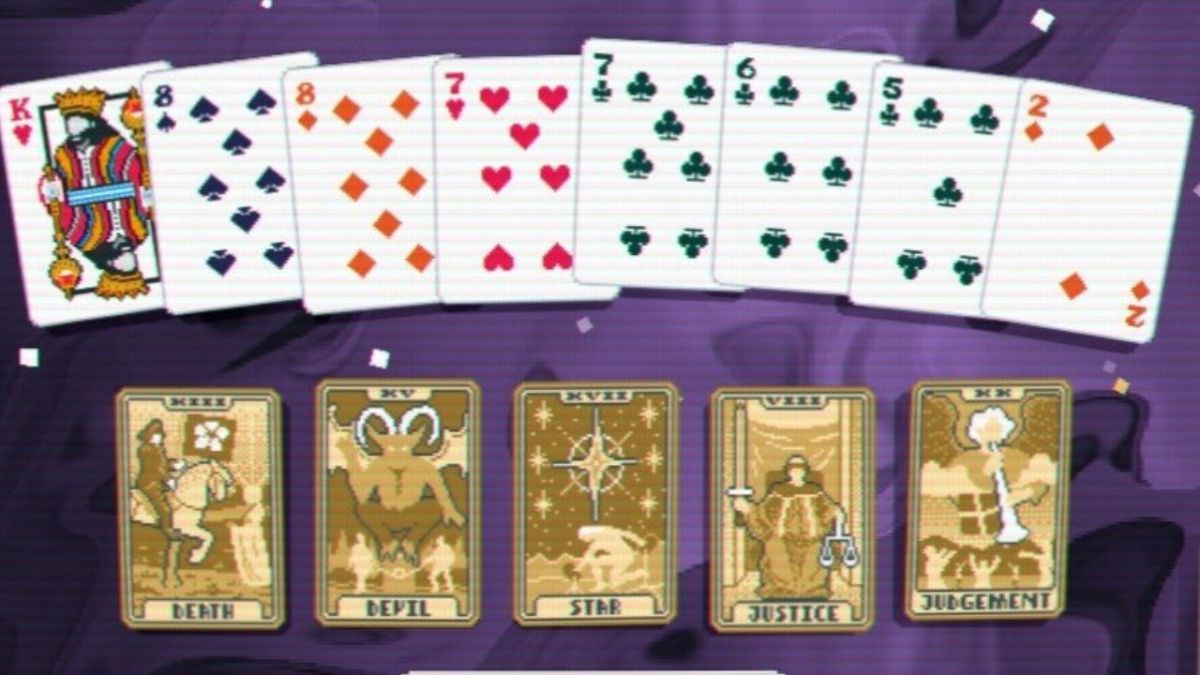
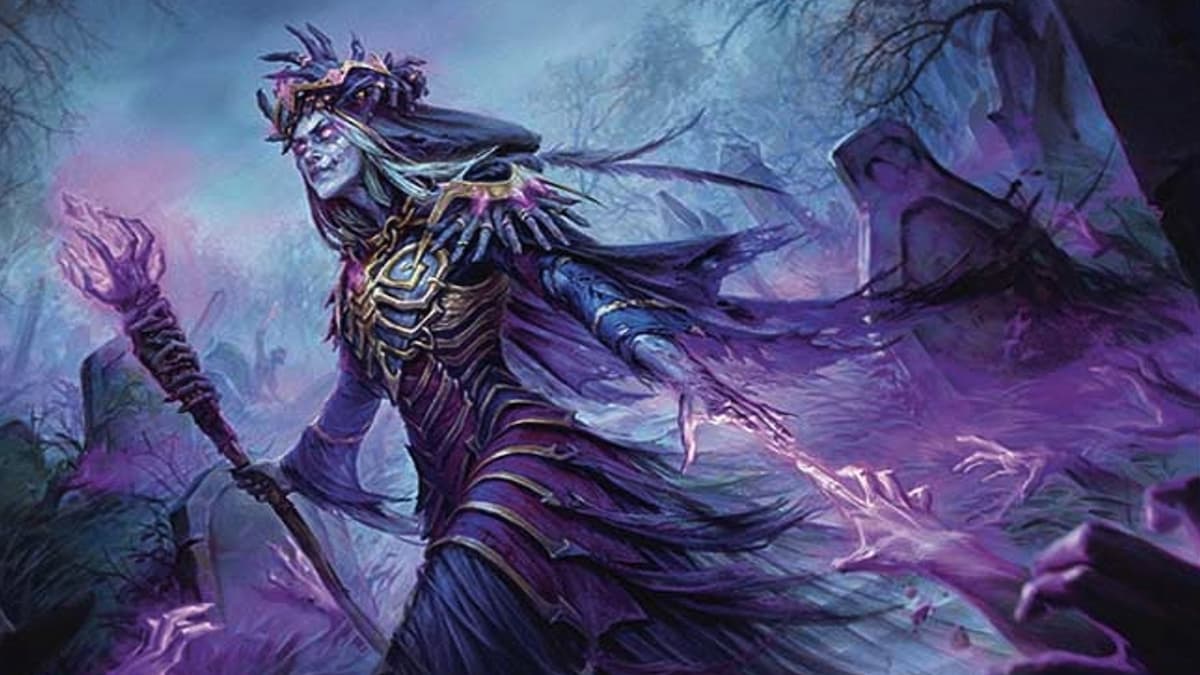


Published: Jul 9, 2024 12:00 pm